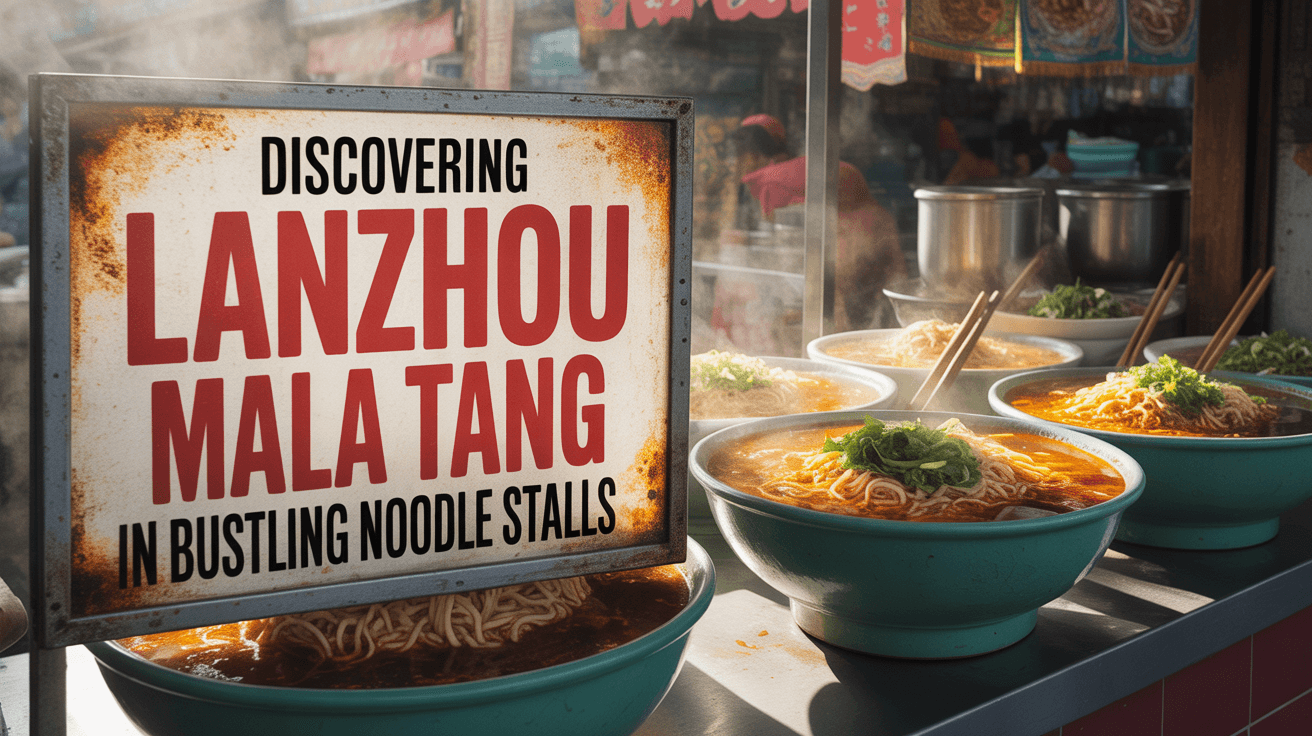Mastering Chopsticks and More: Chinese Dining Etiquette for Travelers
Embarking on a culinary adventure in China is like entering a vibrant tapestry of flavors, aromas, and traditions that have been perfected over millennia. For travelers eager to immerse themselves in China table manners and authentic China dining, understanding the nuances of dining etiquette is essential. These customs not only enhance your experience but also show respect for the host culture, turning a simple meal into a meaningful China cultural tips journey. From wielding chopsticks with finesse to navigating the social flow of a banquet, mastering the art of eating in China adds depth to your China food customs. In this guide, we’ll explore key practices to help you dine like a local, whether you’re savoring spicy Sichuan noodles or delicate dim sum. Let’s dive into the elegant world of Chinese dining!
Understanding Chopsticks: The Essential Utensil
Chopsticks are more than tools—they’re the cornerstone of Chinese dining. Originating over 3,000 years ago from bamboo twigs used by ancient cooks, chopsticks symbolize dexterity and harmony in Chinese culture. For beginners, remember the basics: hold them parallel to the table about one-third down from the tips, with the thumb and index finger forming a stable pivot. Avoid sticking them upright in your rice bowl, as this resembles incense sticks used in funerals—a major etiquette no-no.
When picking up food, use the tips of the chopsticks to gently pinch items like dumplings or noodles. Practice with easier items first, like vegetable stir-fries, before tackling slippery morsels. In formal settings, rest chopsticks on a holder between bites. For more on iconic regional bites, explore our post on Exploring Zhengzhou Hu La Tang for Spicy Soup Delights, where hearty Henan flavors shine. And if you’re craving coastal twists, don’t miss Savoring Fuzhou Fish Balls in Cozy Coastal Diners for seafood etiquette paired with tradition.
Pro tip: If chopsticks prove tricky, many restaurants offer forks, but embracing them adds authenticity. Over time, you’ll find they enhance the tactile joy of every bite.
Table Manners: Social Dynamics at Play
Dining in China is a communal affair, where table manners reflect respect and hierarchy. Meals often revolve around a round table, symbolizing unity, with the guest of honor seated facing the door. As a traveler, wait to be seated and let the host initiate toasts—typically with baijiu or tea. Use both hands when receiving a cup, and sip modestly to show appreciation.
When sharing dishes, never select food directly from a communal plate with your mouth; transfer it to your own bowl first. It’s polite to serve others before yourself, especially elders. Avoid flipping fish to eat from the other side, as it mimics turning over a deceased body—a superstition rooted in cultural reverence for the dead. For a deeper dive into regional specialties that embody these customs, check out Tasting Anhui Stinky Mandarin Fish in Cozy Huangshan Eateries, where Anhui’s bold flavors meet mindful sharing.
Navigating Banquets and Family-Style Meals
Banquets are grand social events, often featuring multi-course feasts. Start with cold dishes, progress to hot mains, and end with soup or rice. Pace yourself—overindulging is frowned upon. At family-style gatherings, use serving chopsticks (if provided) or your own to transfer food, maintaining hygiene. Toasting is key; respond with “gānbēi” (dry cup) for a lively “bottoms up,” but it’s fine to sip lightly.
Belching after a satisfying bite is a compliment to the chef, signaling enjoyment—a quirky China food customs tip that surprises many Westerners. For formal dinners, arrive on time and follow the host’s lead on when to start eating. If dining with locals, expect questions about your preferences—it’s their way of ensuring you’re comfortable.
Beyond Chopsticks: Other Key Dining Etiquette
While chopsticks are iconic, other customs add layers to the experience. Never point them at others, as it’s impolite, and avoid clinking glasses like in the West—hold them level for toasts. Slurping noodles is encouraged, showing appreciation for the dish’s texture, but keep chewing quiet to maintain harmony. Finish all food on your plate if possible; leaving it signals waste, though in casual settings, it’s okay to leave some rice as a nod to prosperity.
Tea plays a starring role: pour for others first, and accept refills graciously. In teahouses, this ritual fosters conversation. For a taste of refined flavors, try our guide to Tasting Hong Kong Siu Mai in Central’s Bustling Dim Sum Houses, where dim sum etiquette shines with communal sharing. And for sweet endings, explore Tasting Hong Kong Egg Waffles in Wan Chai’s Cozy Street Markets for casual street-side customs.
Modern Twists and Regional Variations
In contemporary China, etiquette adapts to global influences. Urban restaurants often provide Western utensils alongside chopsticks, blending customs seamlessly. In Sichuan, fiery hot pot meals encourage lively sharing, while Guangdong’s dim sum houses emphasize speed and variety. Respect for elders remains universal—offer them the best pieces first.
Vegetarians, request “sù shí” (vegetarian dishes) in advance. For business banquets, research the host’s regional preferences to show cultural awareness. These nuances make every meal a lesson in respect and enjoyment.
Conclusion: Dine with Confidence in China
Mastering China table manners transforms your travels into profound authentic China dining experiences, blending respect with delight. From chopstick finesse to banquet rituals, these customs offer insights into the heart of Chinese culture. Embrace them, and you’ll not only savor the food but also connect deeply with locals and traditions.
Have you tried these tips on your travels? Share your stories in the comments below, visit jusha.travel for more China cultural tips, or check related articles like our exploration of dim sum culture or street food delights. Your next culinary adventure awaits—bon appétit!



